Designing for change begins with shifting our own mindsets – environmental gerontologist, Emi Kiyota, challenges us to rethink and redefine our roles and purpose in leading communities, regardless of age or abilities.
The Ibasho project was pioneered in 2013 as part of the recovery efforts in response to the 2011 Great East Japan Earthquake. The elders in the Massaki neighbourhood came together to lead the community, running a physical Ibasho House, with gathering places and regular activities.
This social experiment showed that elders in the community can be active leaders when empowered to own and shape physical spaces in their neighbourhood. Environmental gerontologist, Dr Emi Kiyota, is the founder of Ibasho.
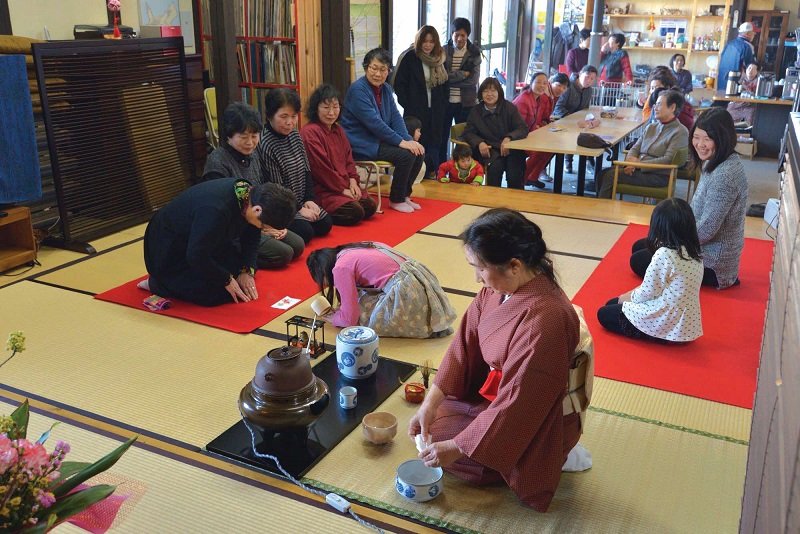
Elders teaching cultural traditions to younger people at the Ibasho House in Japan, with the belief that older persons are a valuable asset in the community. Image: Yasuhiro Tanaka.
How has the Ibasho project evolved since it started in 2013?
Emi: I was just there at the Ibasho House to celebrate its 10th anniversary. It was very heartwarming to see that the elders running the place have continued to embrace the key principles and values of the project, such as recognising their worth, actively implementing initiatives to run the place, engaging all generations etc.
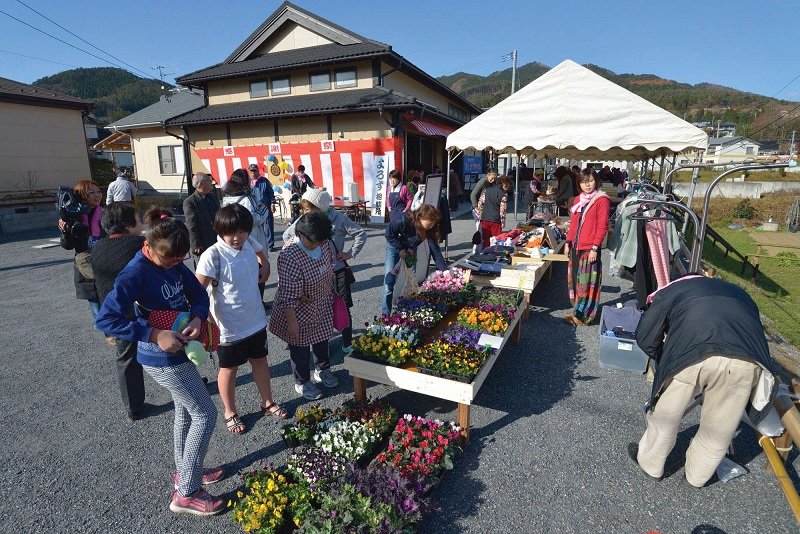
The elders at the Ibasho House regularly organise markets and other activities for local communities. Image: Yasuhiro Tanaka.
It is also amazing to see that the project continues to be self-sustainable. The elders have learnt how to write and apply for grants. They run the restaurant at the Ibasho House, sell vegetables and organise regular farmer’s markets, just to name a few of the things they do.
Learning from the Ibasho project, what are some of the important considerations for designing and creating more age-friendly neighbourhoods?
Emi: One of the key values of the Ibasho project is to enable the community, particularly the elders to be able to shape and own specific physical spaces within their neighbourhood.
Beyond ensuring neighbourhoods are safe and easily accessible for our elders, I encourage designers and planners not to over design and plan community spaces. This is to provide the elders a chance to be able to make some of the spaces their own.
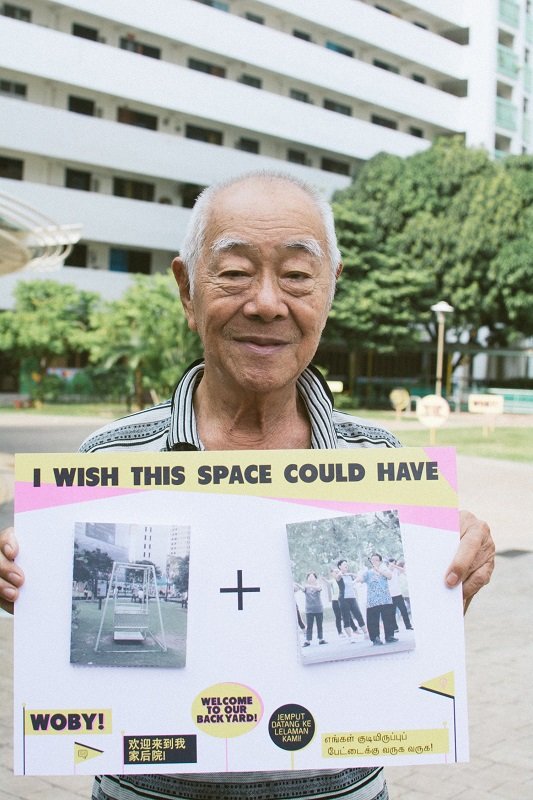
Senior residents contributed their views on what they want in neighbourhood space activation projects led by Participate in Design. Image: Participate in Design.
For example, designers can decide where the air-conditioning and windows are located. But they could let the elders decide on the colours of the walls or the kind of tables and chairs that should be available.
It is also important for designers and those planning for more age-friendly neighbourhoods to listen more closely to and understand what the elders want for their neighbourhood.
When we talk about multi-generational spaces, what are we trying to create and foster within the community?
Emi: We want to create spaces that both the elders and the young are comfortable to share together. Ideally, we hope to see more spontaneous encounters between the generations.
With such spontaneous encounters, it can make life more interesting for the elders. They see and experience the world from more varied lenses. These shared experiences can bring joy to everyone, whether young or old. Within the community, we also learn to recognise our differences and better accept and understand one another.
In encouraging more active communities within the neighbourhood, what are some things to bear in mind or barriers we need overcome?
Emi: We need to start seeing community and public spaces in our neighbourhoods as not just places that are fixed and cannot be changed. As our needs and perceptions continue to evolve, we should be more open to adapting and changing the spaces around us that can further serve our needs and help strengthen our bonds.
It is important to have a specific, dedicated physical place or hub that the community can go to. The Ibasho House serves as a physical and tangible symbol and place. People go there to do something for the community and to serve one another.
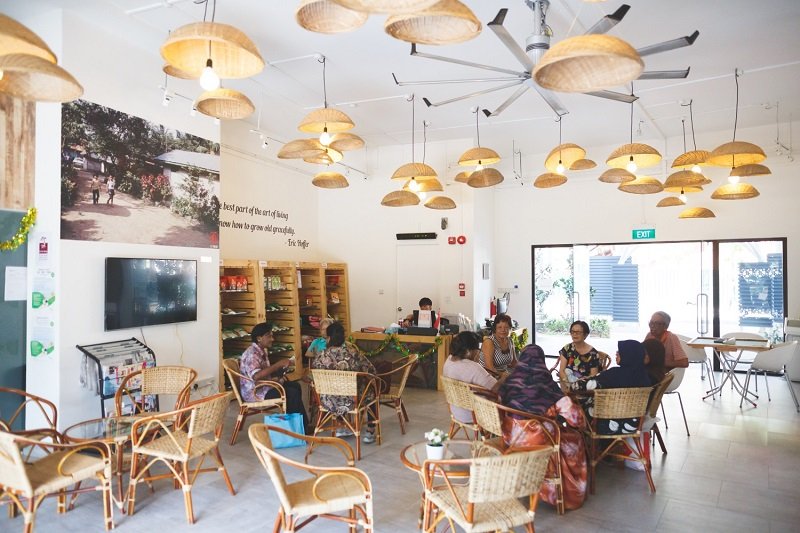
Many senior residents helped to contribute to the design of SilverCove, the senior activity centre in Marsiling Rise, motivating them to have a stronger stake in maintaining and sustaining the centre. Image: COLOURS.
The ultimate vision for the Ibasho project wasn’t just about creating more gathering places or organising ad hoc activities for the community. It was to push for a deeper transformation of people’s mindsets in redefining elders’ roles in our community and society.
We need to keep challenging our mindsets on ageism for both the young and the old. Age shouldn’t matter. Everyone has something to contribute, regardless of their age or abilities. When people are of a certain age, we tend to think we need to automatically care for them. My mother is 87 years old. She doesn’t want me to look after her. When I visit her, she still wants to do some simple things for me, such as cooking.
What drives you in your passion in empowering the elders?
Emi: It arose from a personal experience of visiting my grandmother in a nursing home when I was in my 20s. I discovered that the nurses and staff there knew everything about my grandmother’s physical condition but did not know her first name or what her personal interests were. This inspired me to want to explore and understand our attitudes, mindsets and cultures on the roles of our elders in our society and how we should interact with and care for them.
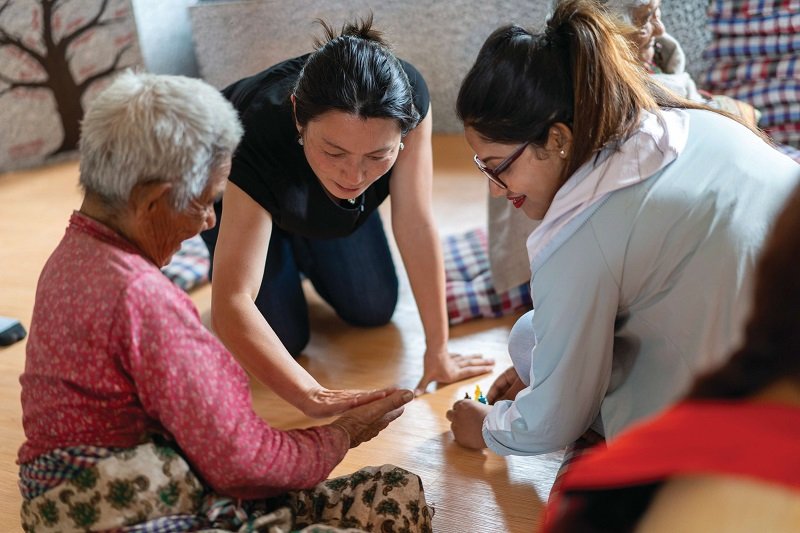
Emi Kiyota (in the centre) at the Ibasho House. Image: Image: Yasuhiro Tanaka.
Because of that experience, I went on to study about ageing and worked in nursing homes. I was also involved in research and design for nursing homes and other age-friendly related projects. I wanted to make a difference and be able to influence and change our environments and mindsets on how we relate to our elders and to one another.
Source: https://www.ura.gov.sg/Corporate/Resources/Ideas-and-Trends/Designing%20for%20change


